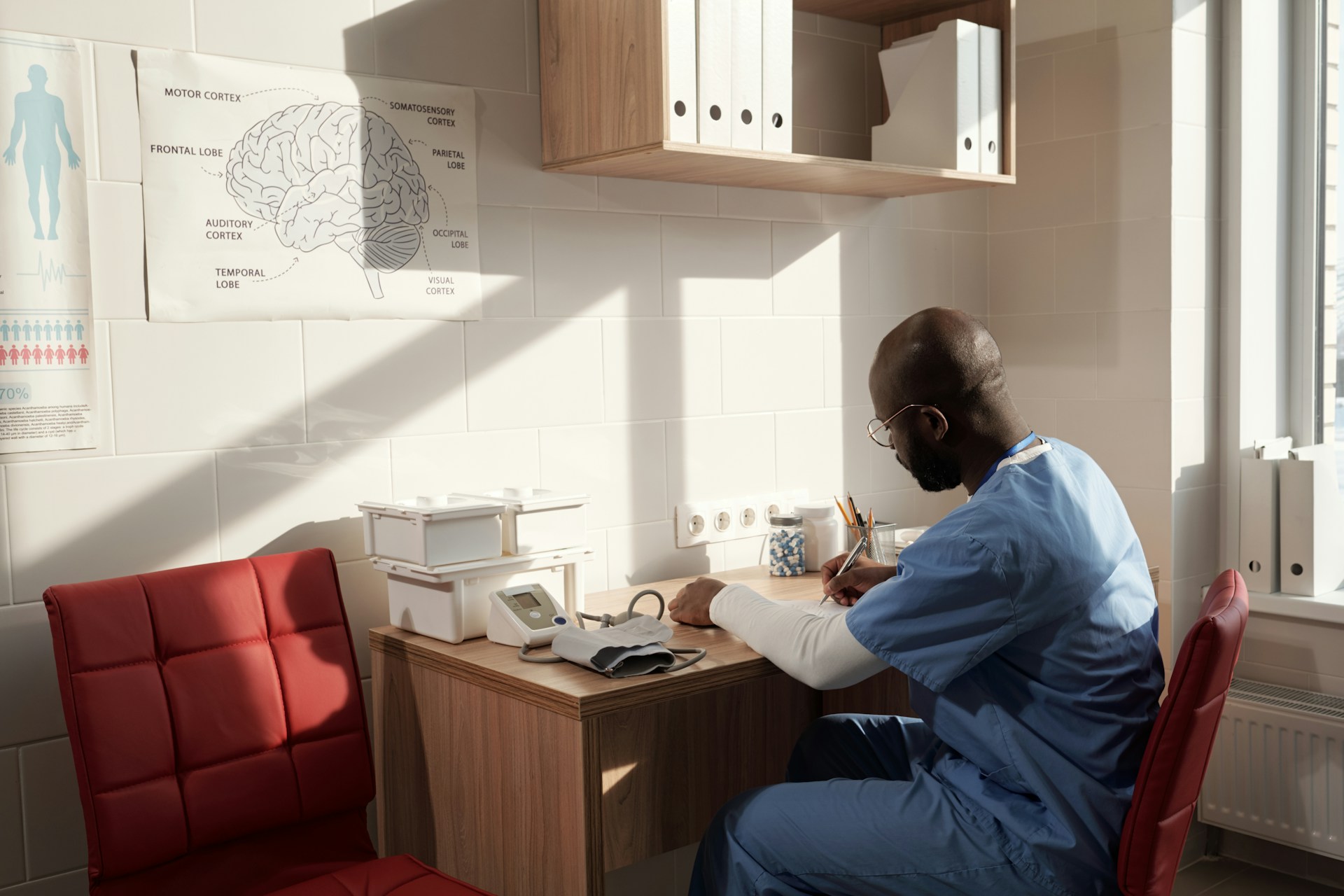
Imagine a doctor entering a room, speaking naturally, and having every word instantly transformed into text without lifting a finger. This magic isn’t limited to fairy tales anymore. Thanks to rapid advancements in medical speech-to-text technology, healthcare professionals can now enjoy this technology’s benefits every day. It’s changing the way doctors and nurses work by making documentation faster and more accurate, which ultimately means they can spend more time with their patients.
Advancements in this area are particularly impactful because they cater to the unique needs of different medical specialties. Whether you’re in cardiology, dermatology, or pediatrics, the ability to quickly and accurately document interactions and procedures is game-changing. This innovation facilitates a smoother workflow and ensures that medical staff can focus more on patient care rather than being bogged down by paperwork. Let’s delve into how this technology has evolved over the years to serve the dynamic world of healthcare.
Over the years, medical speech-to-text technology has grown by leaps and bounds. In the early days, these tools were clunky and often misunderstood what users were trying to say. It felt like having a conversation with someone who was only half-listening. But as technology advanced, so did the accuracy and ease of use of these systems.
Key milestones in this evolution include:
– Improved speech recognition systems that now comprehend complex medical jargon and varied accents used in different specialties.
– Increased speed and efficiency, with modern systems processing speech much faster, almost in real-time.
– Integration of AI that helps systems learn and adapt to individual speaking styles, improving accuracy over time.
These advancements have not only made life easier for medical professionals but have also set the stage for even more sophisticated tools in the future, aiming for perfection in understanding human speech.
Medical speech-to-text technology isn’t a one-size-fits-all solution—it’s tailored to meet the specific needs of various medical fields. For example, consider a cardiologist who needs to document complex heart conditions quickly and accurately. The technology allows them to rapidly transcribe detailed notes, capturing all necessary information without missing a beat.
Here are some ways different specialties benefit:
– Cardiology: Provides quick transcribing of detailed heart-related terminology and tests.
– Dermatology: Effortlessly documents the diverse symptoms and treatments for skin conditions.
– Pediatrics: Ensures sensitive communication with both children and parents is recorded accurately.
– Radiology: Allows radiologists to dictate their observations while viewing images, ensuring no detail is overlooked.
By tailoring these systems to cater to the unique needs of each specialty, medical professionals can remain focused on providing care, confident in the knowledge that their documentation is handled efficiently and accurately. This shift not only streamlines processes but also enhances the quality of patient interaction, leading to better healthcare outcomes.
Medical speech-to-text technology doesn’t exist in a vacuum. Its true power becomes apparent when it’s integrated seamlessly with existing medical systems and electronic health records (EHRs). Picture a world where a spoken note about a patient’s condition is automatically entered into the correct section of their digital chart. This saves time and enhances accuracy.
Integration improvements have made these systems more user-friendly and adaptable. Here are some ways integration has evolved:
– Compatibility ensures smooth interaction with different software and hardware, making transitions painless.
– User interfaces are designed intuitively to cater to all levels of tech-savviness, ensuring everyone can use the system efficiently.
– Data security safeguards patient information with top-notch security measures, preserving confidentiality and trust.
This integration means healthcare professionals can spend less time grappling with technology and more time on patient care, creating a better healthcare environment for everyone.
Looking ahead, the future of medical speech-to-text technology promises even more innovation. As artificial intelligence continues to advance, we can expect these systems to become smarter and more intuitive, adapting to the needs of users more effectively.
Some trends on the horizon include:
– Natural Language Processing (NLP) enhancements that improve systems’ ability to understand nuances and context in speech, reducing misinterpretations.
– Voice biometrics for authentication through voice patterns, adding an extra layer of security to ensure records are accessed only by authorized users.
– Device integration that enables seamless interaction with a range of wearable devices, providing richer data sets.
These potential developments not only enhance the current technology but also open up new possibilities for its use in healthcare.
Accuracy and reliability are cornerstones of effective medical documentation. To maintain high standards, ongoing improvements and updates are essential. Developers are continuously refining algorithms and expanding vocabulary libraries to keep pace with medical advancements and terminology changes.
Key measures for maintaining accuracy include:
– Regular updates to adapt to new medical terms and procedures.
– Continuous user feedback loops for ongoing improvements.
– Training programs for users to harness the technology effectively.
These measures ensure that as the technology evolves, it remains a dependable tool for healthcare professionals, bolstering patient care through accurate records.
Advancements in medical speech-to-text technology are revolutionizing healthcare, improving efficiency and patient care quality. By perfectly aligning with various specialties, integrating effortlessly with existing systems, and continuously evolving, this technology is reshaping what’s possible in medical documentation.
Into the future, as new trends emerge and reliability remains a priority, healthcare providers stand to gain even more. This innovation streamlines processes, allowing practitioners to focus on what’s most important—their patients. Through its continual improvement and alignment with healthcare needs, medical speech-to-text technology plays a significant role in advancing modern medicine.
Experience the cutting-edge advancements in medical speech-to-text technology and see how Dragon Medical One can streamline your documentation process, giving you more time to focus on delivering quality patient care.